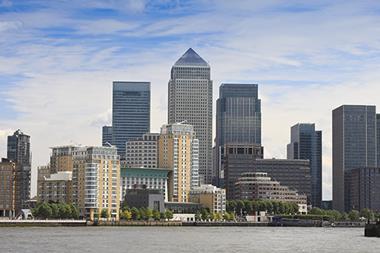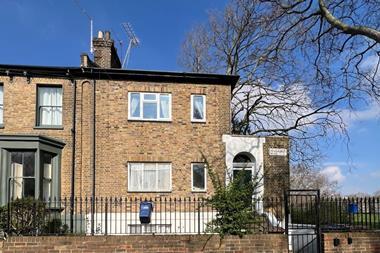As English writer Samuel Johnson so aptly put it in 1777: “When a man is tired of London, he is tired of life.”

The capital is home to one of the world’s leading financial districts, a favourite among celebrities, dignitaries and politicians, and packed with world-class entertainment options, with central London its renowned epicentre. It also boasts fine dining, famed museums and best-in-class entertainment.
It is unsurprising then that prime central London (PCL) property is viewed as an attractive asset class, but it is the sector’s resilience that is proving increasingly desirable in the current climate. Time and again, the PCL sector rebounds from a property downturn faster than the wider London or UK markets.
In research commissioned with Savills last year, CapitalRise discovered the wider London market took five years to return to normal levels after the financial crash of 2008, compared with the PCL market, which bounced back in half that time. The sector showed the same resilience in 2020 when faced by the pandemic and has since gone from strength to strength, recording its most lucrative year since 2016 in the 12 months to March 2023. This is all despite the ongoing cost-of-living crisis, which is having a huge impact elsewhere in the market.
A large part of the allure of PCL property is generated by the lavish lifestyle that it facilitates. In January, London was crowned the world’s top global financial district for the second year in a row, according to figures published by the City of London Corporation. It is also home to top-tier legal and education systems and has a convenient time zone (GMT can look east or west), drawing in some of the most talented professionals from across the globe.
Tourism is a huge factor, too – 20 million people visit London from overseas every year, putting it in the top five most popular cities in the world. Looking at Heathrow passenger arrivals compared with four years ago, they are now more or less back to pre-Covid numbers from most regions.
The recent decrease in the value of the British pound is another draw for buyers from overseas – an effective ‘discount’ of 21% for euro buyers, 31% for Chinese yuan and 37% for Australian and US dollar users. This increases international demand for PCL property once again.
The finest locations will always generate demand, no matter the time of year or state of the economy. Naturally, this strengthens the stability and resilience of the PCL sector overall.
The broad range of PCL properties on offer also contributes to the resilience of the market. Homes in leafy residential areas such as Holland Park and Notting Hill retain their popularity among domestic and resident non-domestic buyers for the top schools and quieter pace of life they offer. Mixed in with the family-orientated homes are contemporary apartments, perfect for those looking for a chic pied-à-terre.
Many of these properties are situated in areas with a high proportion of flats, such as Belgravia, Knightsbridge and Mayfair, which are a magnet for international buyers. As such, PCL buyers are just as varied as the high-end properties they seek. They work across a variety of industries, including private equity, entertainment and tech to name a few.
The limited supply of PCL property is another factor that enables the sector to bounce back quickly from wider economic downturns. Most PCL property is listed and in conservation areas, offering an added level of protection and value. Whereas other housing developments can be erected with relative ease, the supply of PCL property is heavily restricted. You simply cannot recreate another Chelsea or Belgravia.
If anything, the supply of PCL property can fall during a recession since many sellers take their homes off the market as prices falter. Put simply, PCL property owners rarely need to sell. This creates a much more resilient market, as prices tend to rise very quickly once demand returns, thanks to the very limited supply of PCL properties.
The resilience of the PCL market is also underscored by its high proportion of cash purchases, compared with the London or UK markets. Knight Frank reports that roughly half of sales inside zone one are typically in cash, making PCL an equity-rich market. Naturally, the reduced proportion of mortgaged properties helps to shield the market from macroeconomic fluctuations, such as the consecutive base rate rises that have started to affect the wider UK property market.
All these factors – the famous London lifestyle, the natural constraint on supply, the high proportion of cash purchases and the diversity of luxury properties on offer – allow the PCL market to routinely bounce back from economic downturns much faster than any other subsection of the UK property market. Not only is supply largely inelastic, but demand is, too – and for many good reasons. On top of this, prices are currently down versus the previous PCL peak, making it a great time for developers to start new projects before prices begin to rise again.
Uma Rajah is chief executive and co-founder of CapitalRise





























No comments yet